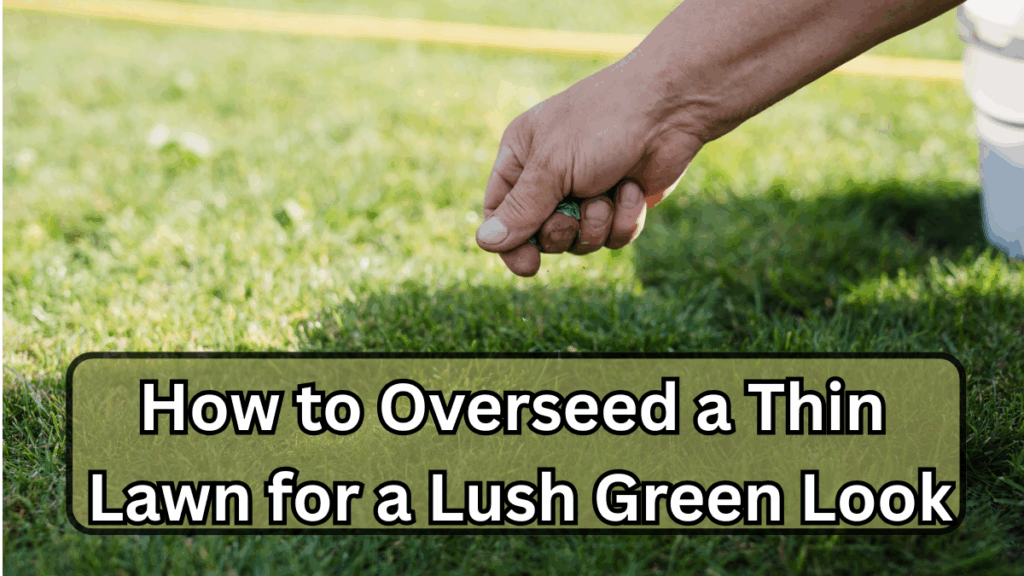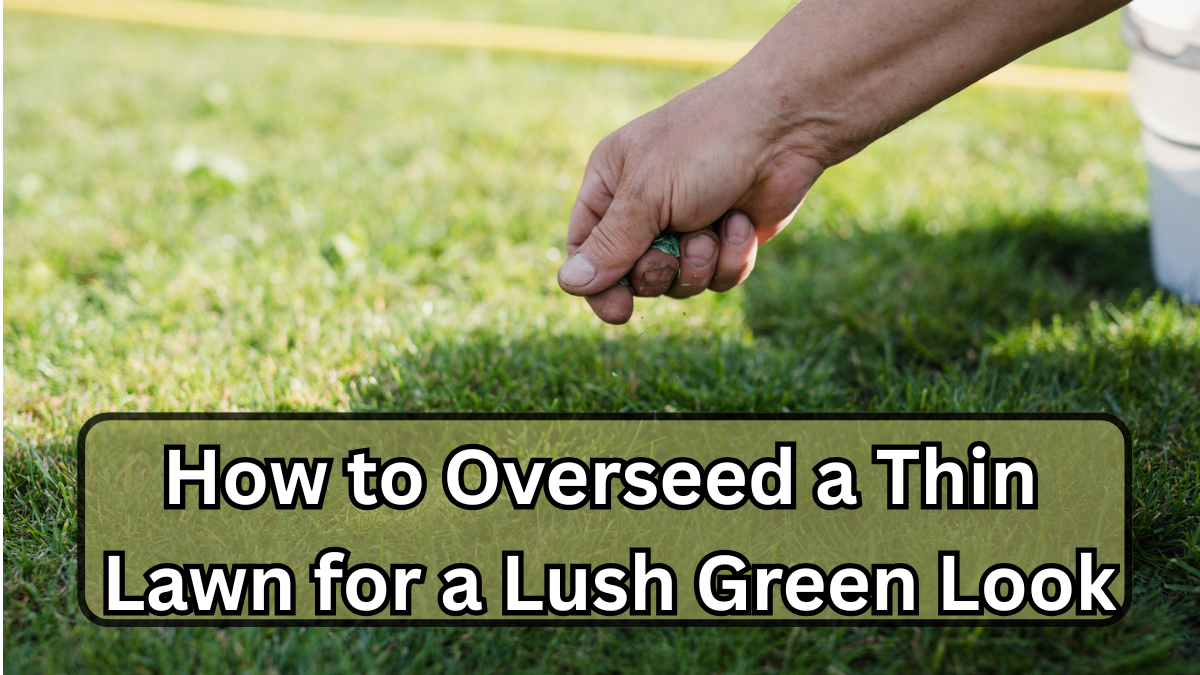A thin, patchy lawn can be frustrating, especially when you imagine a lush, green carpet stretching across your yard. Fortunately, overseeding a lawn is a simple and effective way to restore thickness, improve health, and give your outdoor space a vibrant makeover. In this guide, we’ll walk you through the steps to overseed your lawn and achieve the results you’ve been dreaming of.

Why Overseeding Your Lawn Matters
Overseeding lawn is the process of planting grass seed directly into your existing lawn without tearing up the turf. This helps in:
-
Filling in bare or patchy grass areas
-
Increasing lawn density for a thicker, lush look
-
Improving resistance to weeds, pests, and diseases
-
Enhancing overall lawn health and appearance
By adding new grass varieties, you can also improve your lawn’s resilience to drought, foot traffic, and changing seasons.
When is the Best Time to Overseed?
Timing is crucial for successful lawn thickening. The ideal overseeding period depends on your grass type:
| Grass Type | Best Overseeding Season | Reason |
|---|---|---|
| Cool-season grasses (fescue, rye, bluegrass) | Early fall or spring | Moderate temperatures help seed germination |
| Warm-season grasses (Bermuda, Zoysia, St. Augustine) | Late spring to early summer | Warm soil encourages fast growth |
Step-by-Step Guide to Overseeding a Thin Lawn
1. Prepare the Lawn
-
Mow the existing grass short to allow seeds to reach soil
-
Remove debris such as leaves, sticks, and dead grass
-
Rake or aerate the soil to loosen it for better seed-to-soil contact
2. Choose the Right Seed
-
Select a seed that matches your existing grass
-
Consider blends that improve durability and lawn thickening
-
Purchase high-quality seed to ensure higher germination rates
3. Spread the Seed
-
Use a broadcast spreader for even coverage
-
Focus extra seed on patchy grass areas
-
Avoid over-seeding too heavily, which can cause overcrowding
4. Fertilize
-
Apply a starter fertilizer high in phosphorus to encourage root growth
-
Ensure even distribution and avoid excessive amounts that could burn the lawn
5. Water Consistently
-
Water lightly 2-3 times daily for the first 2-3 weeks
-
Keep the soil consistently moist until the grass seeds germinate
-
Gradually reduce watering as the new grass establishes
6. Maintain Proper Lawn Care
-
Avoid heavy foot traffic on newly seeded areas
-
Continue mowing regularly, but don’t cut too short
-
Consider repeating overseeding annually for continued lawn thickening
Tips for a Healthier, Lush Lawn
-
Test your soil’s pH and nutrient levels for optimal growth
-
Use mulch or compost to retain moisture and improve soil quality
-
Spot-treat weeds before overseeding to prevent competition
FAQs
1. Can I overseed my lawn in summer?
While possible, summer overseeding is challenging due to heat stress and low moisture. Early fall or late spring is ideal.
2. How long does it take for new grass to grow?
Germination typically occurs in 7-21 days depending on the grass type, soil conditions, and watering schedule.
3. Will overseeding kill existing grass?
No, overseeding enhances the existing lawn without harming healthy grass. It fills in patchy grass and promotes lawn thickening.
4. How often should I overseed my lawn?
For best results, overseed once a year, preferably in the growing season of your grass type, to maintain a lush and even lawn.
Click here to learn more
